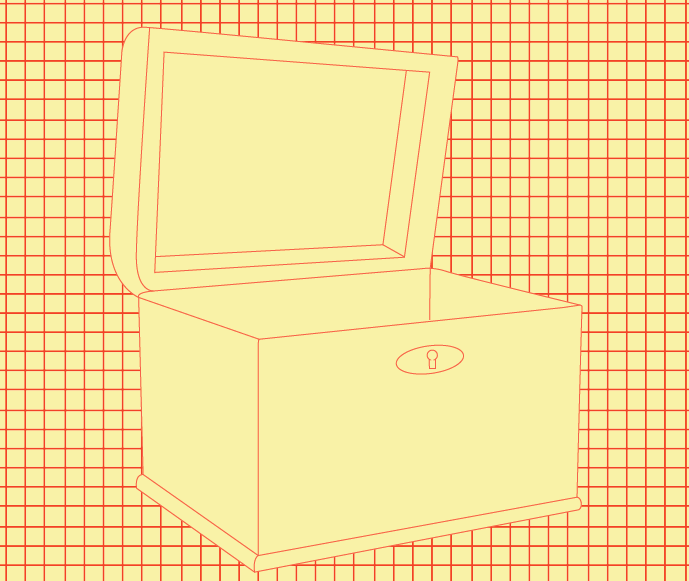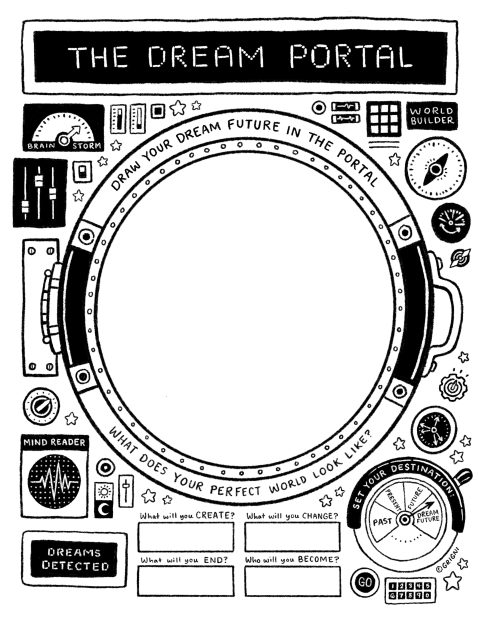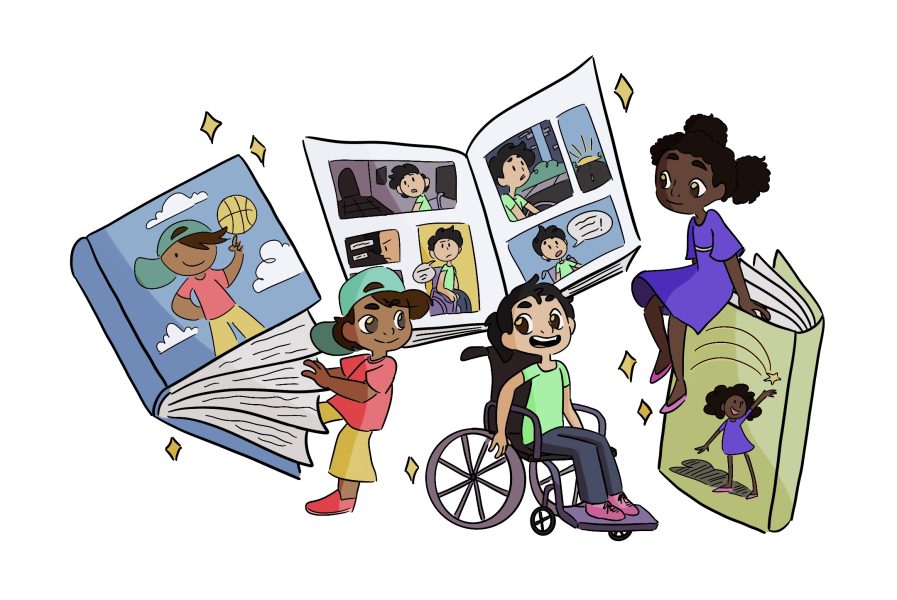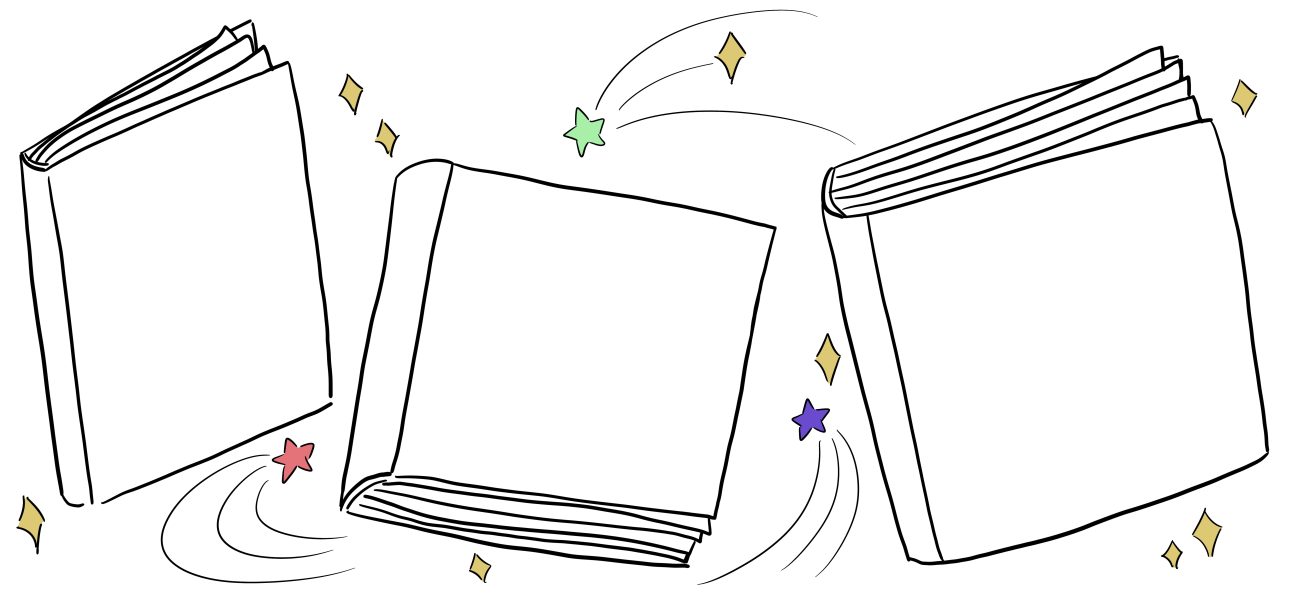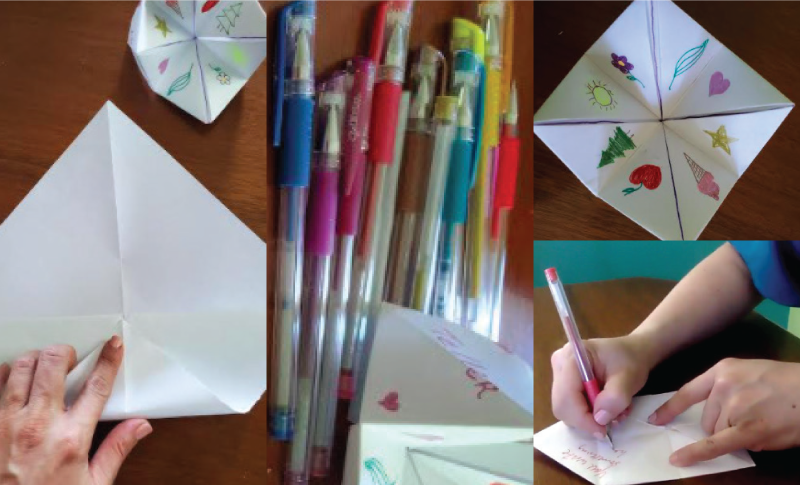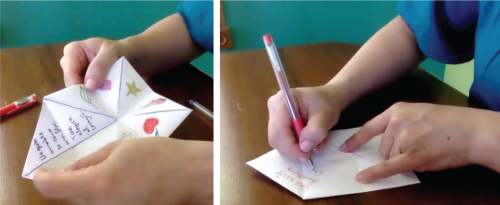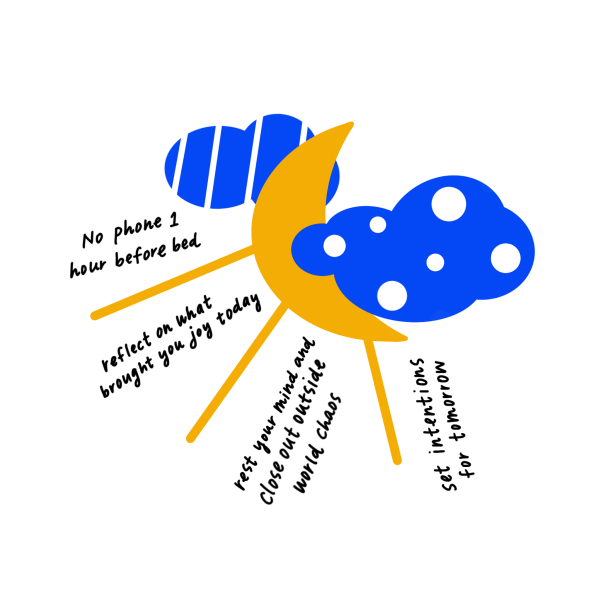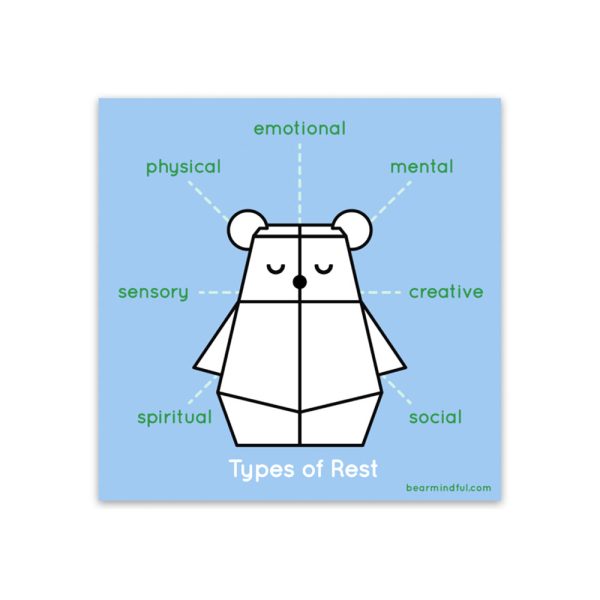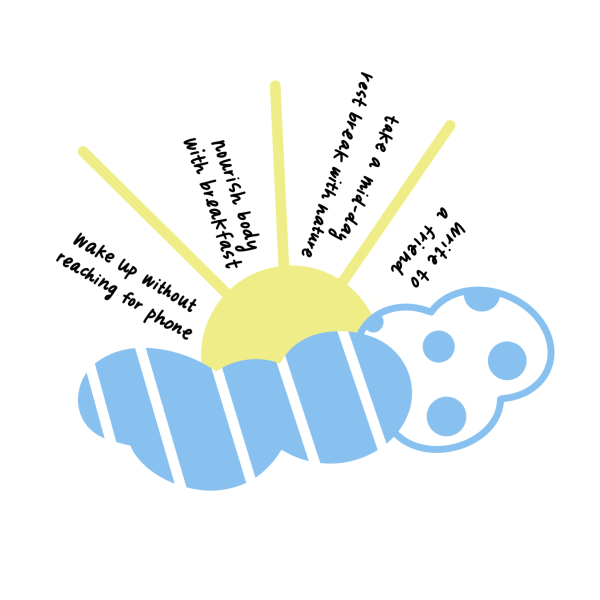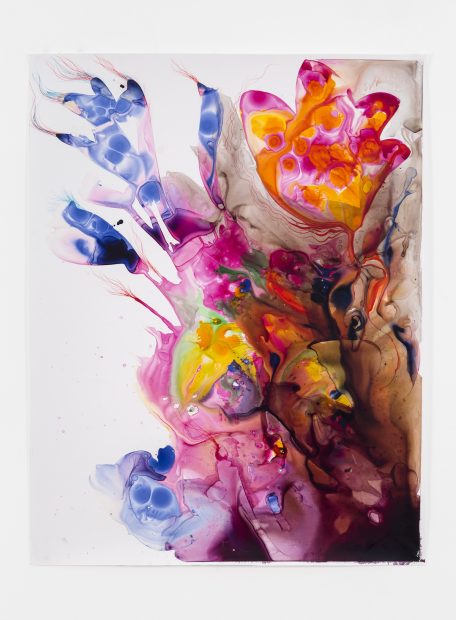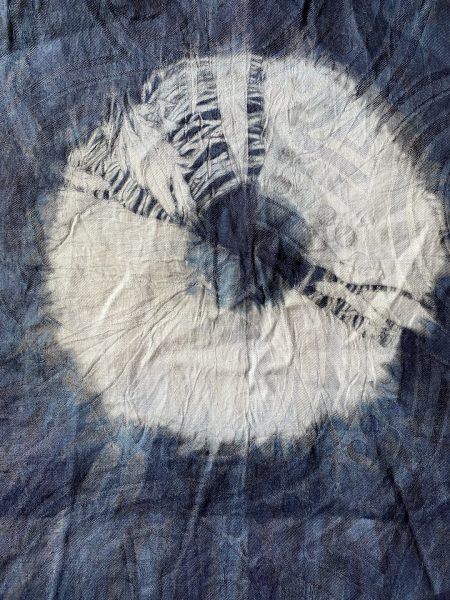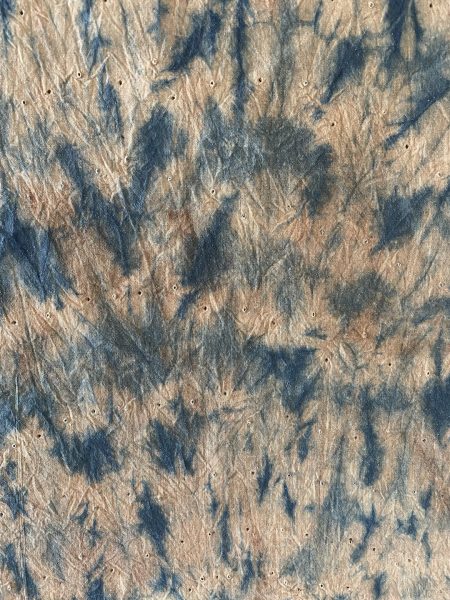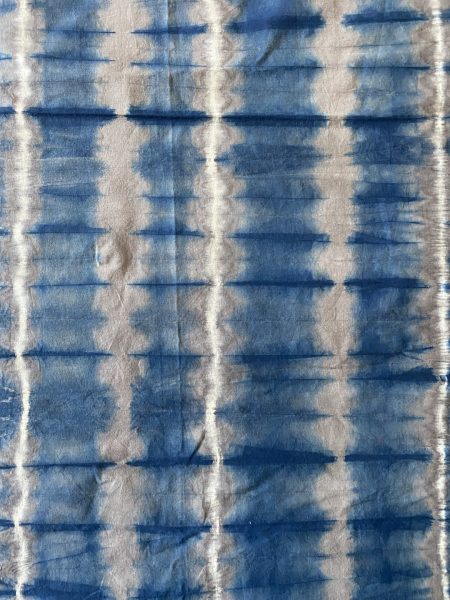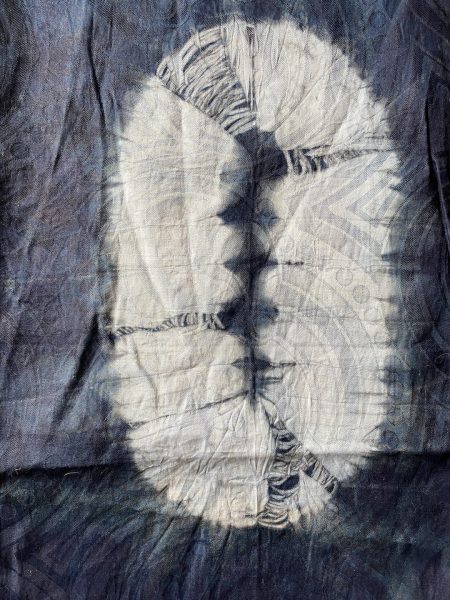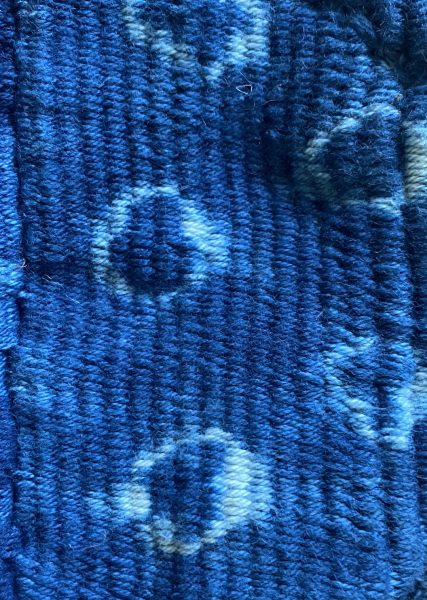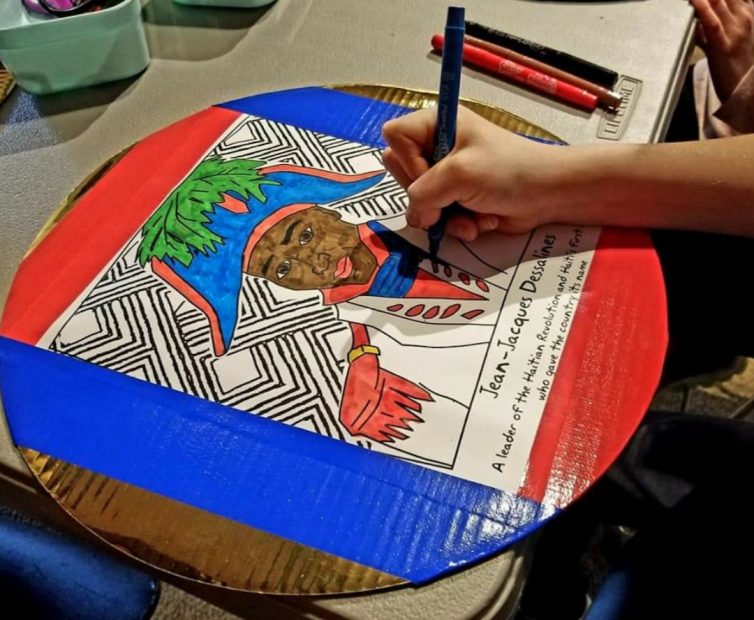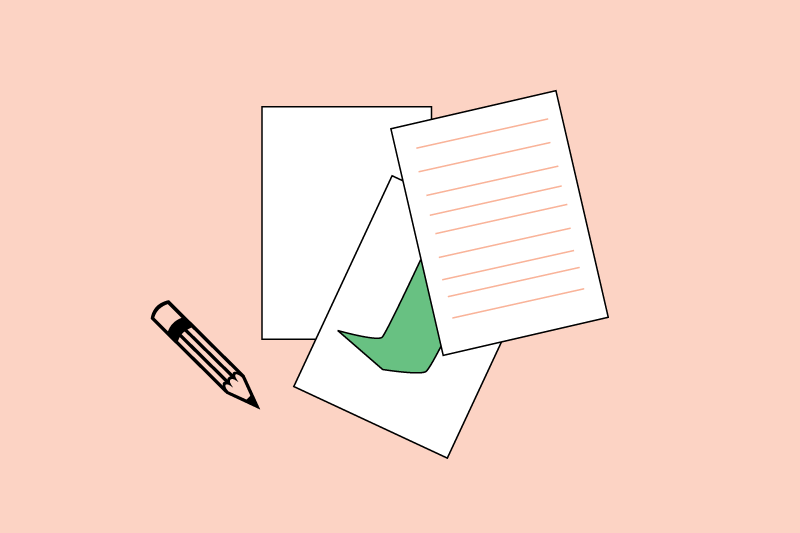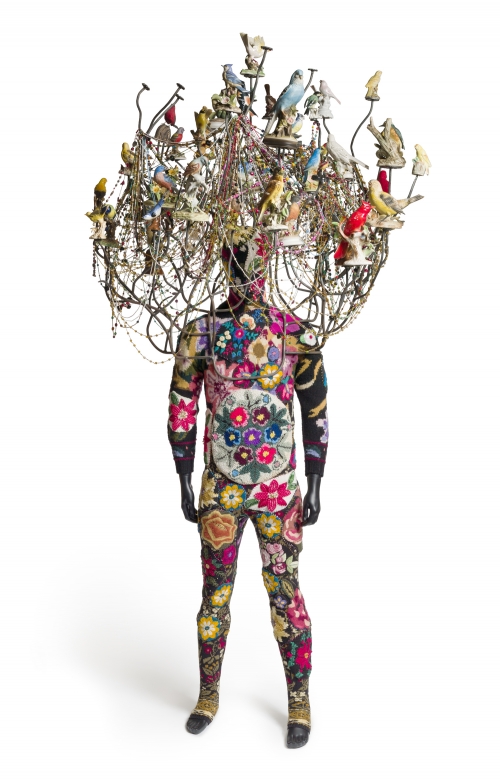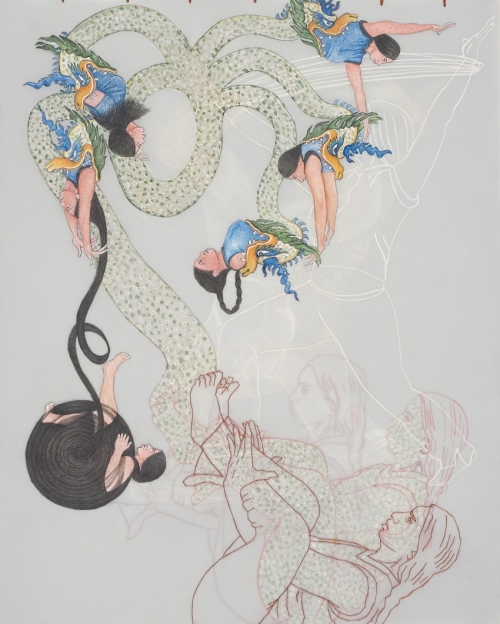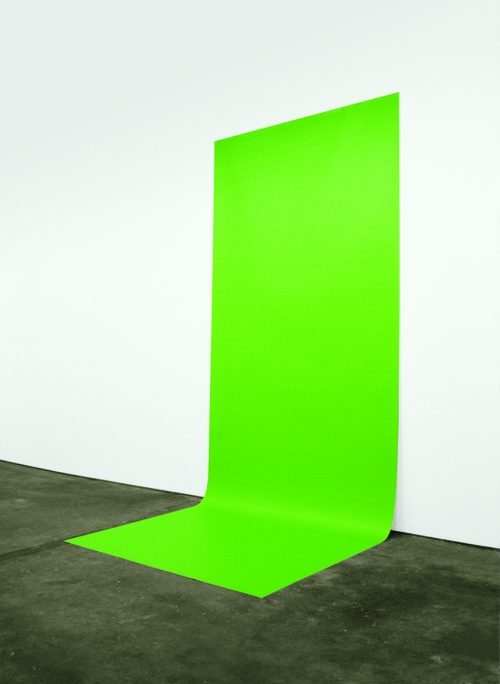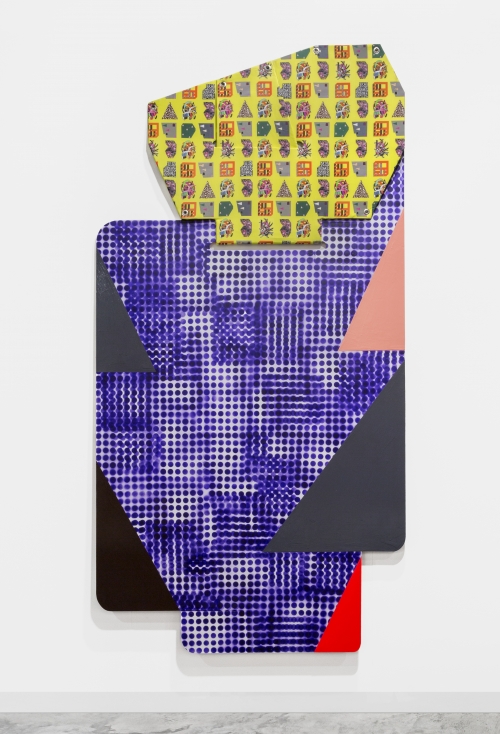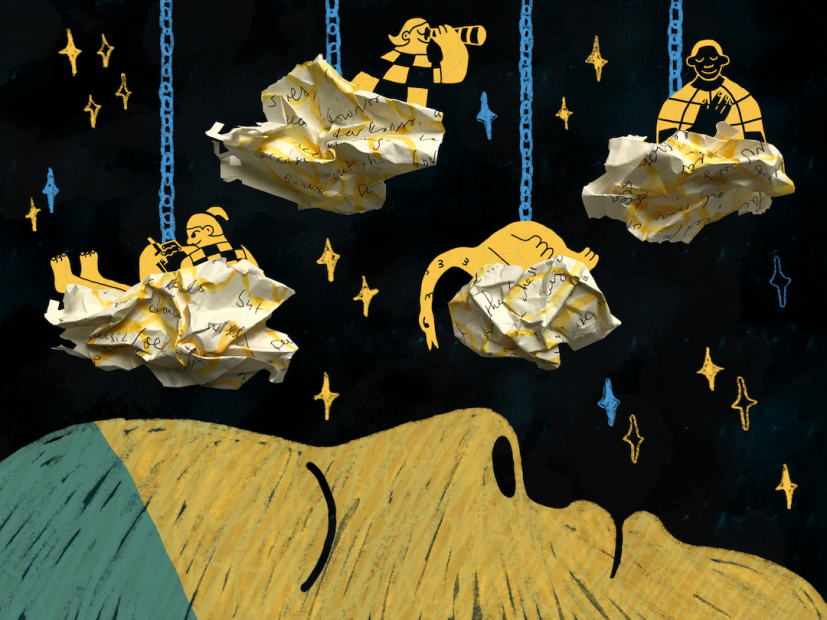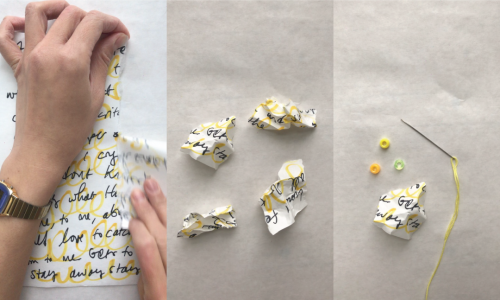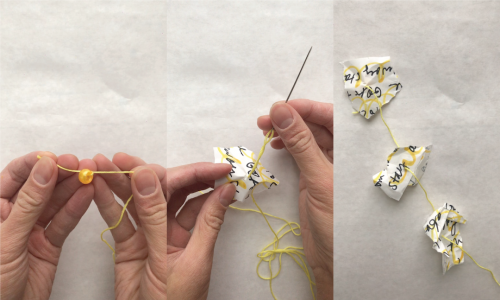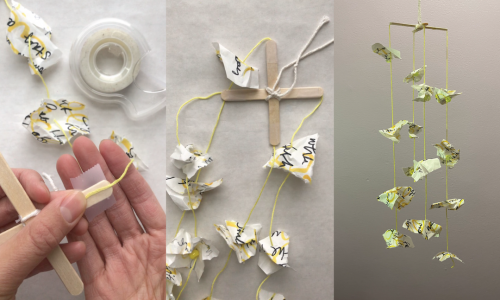Download PDF
|
Beautiful artwork can inspire great stories. Write and illustrate your own story inspired by the artwork you find during your visit to the ICA or in the online collection at www.icaboston.org/collection. Use the artwork as a source of inspiration for your story.
|
Materials:
Instructions:
|
If exploring virtually, browse ICA collection artworks. If at the ICA, explore the galleries. Have a question about an artwork? Ask a Visitor Assistant in the galleries!
Using the Story-making Prompts, choose artworks that will help inspire your story and make a quick sketch of each of the artworks you choose in the table to the right.
Using the artworks from your exploration as inspiration, write your short story.
|
Story-making Prompt
|
Example
|
Which artwork will you choose? Create a sketch of your chosen piece.
|
| Who or what is your main character? Choose one artwork to inspire who the main character of your story is. |
“Nick Cave’s figure in Soundsuit (2009) is the inspiration for the main character for my story.”
|
|
| Where is your main character? Choose one artwork to inspire the setting of the beginning of your story. |
“My character will travel through Kader Attia’s video piece Oil and Sugar #2 (2007).”
|
|
| Where is your character going? Choose one artwork to inspire a journey your character will take. |
“My character will meet the figures from Ambreen Butt’s mixed media piece Multiplicité, from the series Cirque du Mond (2007) during their journey.”
|
|
| Your character may come across an obstacle or face a problem along their journey. Choose one artwork to inspire the obstacle or problem. |
“Together, they will enter a new world through a green portal, as inspired by Liz Deschenes’ Green Screen #4 (200½016).”
|
|
| How does your character handle the obstacle or solve the problem? Choose one artwork to inspire the resolution and ending of your story |
“My characters will create a new world full of different colors and patterns, inspired by Ruth Root’s artwork Untitled (2016).”
|
|
Artwork credits:
Nick Cave, Soundsuit, 2009. Mixed media, 97 × 26 × 20 inches (246.4 × 66 × 50.8 cm). Gift of Steve Corkin and Dan Maddalena. Photo by James Prinz Photography. Courtesy the artist and Jack Shainman Gallery, New York. © Nick Cave
Kader Attia, Oil and Sugar #2 (still), 2007. Single-channel video (color, sound; 4:30 minutes). Gift of James and Audrey Foster. Tate Modern, London. Purcahsed using funds provided by the Middle East North Africa Acquisitions Committee 2010. Courtesy the artist; Galerie Nagel Draxler, Cologne and Berlin; and Lehmann Maupin, New York, and Hong Kong. © Kader Attia
Ambreen Butt, Multiplicité, from the series Cirque du Monde, 2007. Watercolor, white gouache and thread on Mylar, and handmade paper, 15 × 12 inches (38.1 × 30.5 cm). Promised gift of James and Audrey Foster. Courtesy the artist. © Ambreen Butt
Liz Deschenes, Green Screen #4, 200½016. Double-laminated inkjet print on Duratrans, 183 × 71 inches (464.8 × 180.3 cm). Acquired through the generosity of Erica Gervais and Ted Pappendick. Installation view, Blue Screen Process, Andrew Kreps Gallery, New York, 2001. Courtesy the artist and Miguel Abreu Gallery, New York. © Liz Deschenes
Ruth Root, Untitled, 2016. Plexiglas, fabric, enamel, and spray paint, 94 ¾ × 48 inches (241 × 122 cm). Gift of the American Academy of Arts and Letters, New York; Hassam, Speicher, Betts and Symons Funds, 2018. Courtesy the artist and Andrew Kreps Gallery, New York. © Ruth Root
